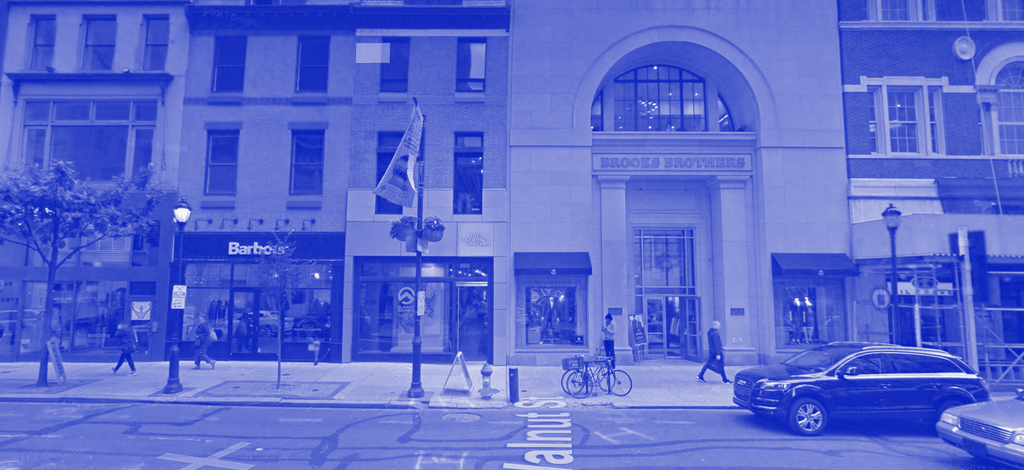on
Websites as Ongoing Conversations

Technology is obsolete when the world that needs it doesn’t exist anymore. Until then, it should be maintained and kept relevant; doing so delays the moment when the world is without need of it. This symbiotic relationship is especially important for websites.
Websites are interesting for two reasons. From the practical, user-driven side, they are simple artifacts of the digital world. From the business, back-end side, they are open to interpretation and embody so much of a company’s beliefs, politics and institutional structures. Together, there’s a lot of potential for learning, creativity, catharsis and, in the ideal world, solutions.
I like to study cultural trends, and I see a lot of people exploiting what was once a simple artifact with modern technology (by simple artifact, I mean an object that needs no further explanation like a knife or chair, as opposed to a car or television which have a lot of complexity hidden within it). Certainly industrial designers have been redesigning chairs since there were industrially produced chairs, so it’s not a new process. Then, however, it was a few people working on a few things. Now, new manufacturing processes and technology have brought that to a radically larger scale. The maker movement is proof of this. Jewelers, cobblers, bicycle frame builders, etc. have better access to better tools and materials than ever before.
In the same way that these physical objects are the platform for creative exploration in the physical world, websites provide that canvas in the digital world. Simple websites, in particular, provide the most direct comparison (i.e., sites that don’t require six levels of sub-navigations, multiple e-commerce pricing systems and user permissioning more easily compare to simple artifacts of our analog world). Simple sites have less stringent requirements that provide more flexibility around how a message is conveyed or a feature is accessed, which allow designers and content writers to really dive into their craft and tease out the nuance of the story to be conveyed.
Marketing is the motive behind many websites, and although this isn’t the primary type of work we do at Andculture; this is the part of websites that makes them viable projects for us. In this context, the clients want to tell their patrons, users, constituents, patients, students, etc. what they do, how they do it, why they think it’s important, when it happens, etc. Invariably, it’s challenging for clients to come up with a single explanation for these things; it requires stakeholders to see the biggest picture of how their business works and how the day-to-day piece(s) they own fit in, and then communicate to this their website’s target audience. This isn’t a moment to be lost, and so we facilitate these conversations between the different stakeholders to understand each of their unique needs and how their work fits into the business structure.
Since our focus is always on the end user, this facilitation is the first step in a longer process to understand the most accurate answers to the questions a user may have. Part of understanding what makes the best answer is understanding the question itself. To that end, we speak with as many users as possible to understand what, how and why they use the current site (if there is one).
What results is a website that very accurately and beautifully conveys the capabilities of a business in response to the real and current questions of its customers. The problem is that just as times change, people, businesses and the culture that connects them do, too. In the golden times of yesteryear, this was less of a problem than it is today. Computers get faster, the Internet gets faster, breakthroughs happen faster, change happens faster. Digital development has responded to this speed increase, as well. In the past, you may remember operating systems weren’t updated for months or years at a time. Not anymore—and neither should websites.
Just as physical architecture defines so much of our existence in this world, digital architecture does in the digital world. Websites are a foundational element of the digital world that is quickly becoming a counterpart to our analog one. They are the milieu that we live in when online. Web properties are the buildings we engage with in the city that is the Internet. Time doesn’t work the same way online, however. There is a discontinuity. In the real world, when something is being built, you can watch. You can see the empty lot transformed into a work-zone and a structure being built. Removing a building may not take as long as building one, but it’s certainly not instantaneous.
Online, however, you can’t see a site being built—it just appears. If there are network troubles, maybe that website disappears for minutes or days at a time, only to reappear unharmed with no evidence of ever being gone. Internet users implicitly or explicitly understand this transience and are especially keen to it. Users aren’t just aware of when sites go down or get updated, but also when they aren’t updated. When a site becomes stale. There’s no set expiration time, but the clock definitely starts ticking after each update.
A stale site is a harbinger of bad news for users. It tells them that either the organization has moved on without taking the website with them, making the content on it irrelevant. Or worse, the website accurately reflects the organization, and they just haven’t grown and evolved with the times. For these reasons, sites must stay updated. What that means is contextual, but some ways include showing recent reviews, posting blog posts regularly and making new items available for purchase. In doing so, the organization continues to participate in the symbiotic relationship maintaining their side in the cultural conversation that is the interactions between us and our world.